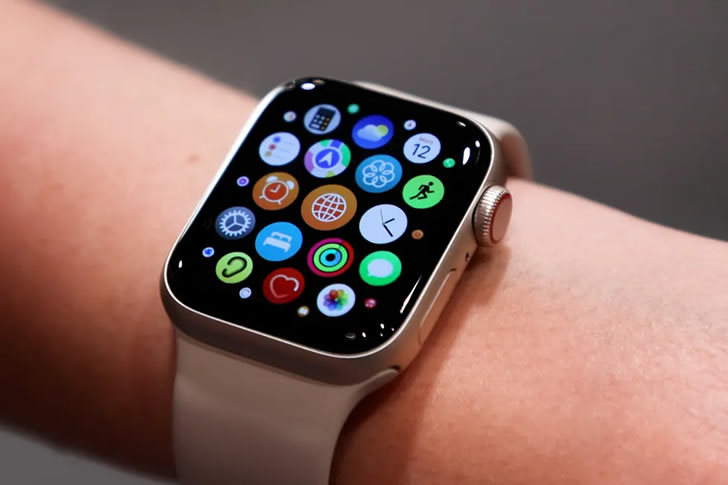How to Choose the Right Smart Watch for You
In an era dominated by technology, the smart watch has transitioned from a novel gadget to a near-essential tool for many. With the expanding market and increasing diversity in features and price points, choosing the right smart watch can be as nuanced as selecting a smartphone. This guide aims to simplify the process, offering a detailed look into the factors you should consider before making a purchase.

Understanding Smart Watch Functionality
A smart watch’s primary allure is its blend of connectivity, health tracking, and convenience. Most devices sync with your smartphone, providing alerts for messages, calls, and emails directly on your wrist. Health and fitness tracking capabilities are standard, with features like heart rate monitoring, GPS tracking, sleep analysis, and more. Some models even support mobile payments, voice commands, and have the ability to download apps directly to the device.
1. Define Your Needs
Before diving into the myriad of available options, it’s crucial to determine what you expect from a smart watch. Your lifestyle plays a significant role in this decision. For fitness enthusiasts, a watch with robust health tracking and a durable build might be ideal. If you’re more interested in connectivity, choose a watch that offers seamless integration with your smartphone’s applications.
2. Compatibility
Ensure that the smart watch you’re considering is compatible with your smartphone. While most smart watches support both iOS and Android, some are optimized for a specific platform. Apple Watches, for instance, work exclusively with iPhones.
3. Battery Life
Battery life remains a critical factor. Typical smart watches last anywhere from one to two days on a full charge, though this varies based on usage patterns. Models prioritizing longer battery life might offer fewer high-energy features like large, bright displays or advanced sensors.
4. Display and Design
Smart watches come with either an LCD or OLED display, affecting both battery life and visual clarity. OLED screens are superior in terms of color and brightness but generally consume more power. Design is also a significant consideration; the device should not only look appealing but also be comfortable to wear throughout the day. Consider the strap material and the screen size relative to your wrist.
5. Health Features
For those interested in health and fitness, consider the variety of sensors and the accuracy of the data collected. Popular sensors include heart rate monitors, GPS for distance tracking, pedometers, and more recently, blood oxygen sensors and ECG monitors. Some watches also offer menstrual health tracking, stress management features, and even temperature sensors.
6. Budget
Prices for smart watches vary dramatically, from under a hundred dollars to several hundred, depending on the brand, features, and design aesthetics. While higher-priced models generally offer more features and a sleeker design, mid-range or even some budget options might sufficiently meet your needs.
Making the Purchase
Once you’ve narrowed down your preferences, consider purchasing directly from manufacturers or authorized dealers to ensure warranty and service support. Online reviews and product comparison sites can provide additional insights from actual users, offering a realistic perspective on the day-to-day use of the smart watch you’re considering.
In summary, a smart watch can significantly enhance your daily routine by keeping you connected and supporting your health and fitness goals. By carefully considering your needs, compatibility, battery life, design, health features, and budget, you can choose a smart watch that fits your lifestyle and requirements.







Recent Comments